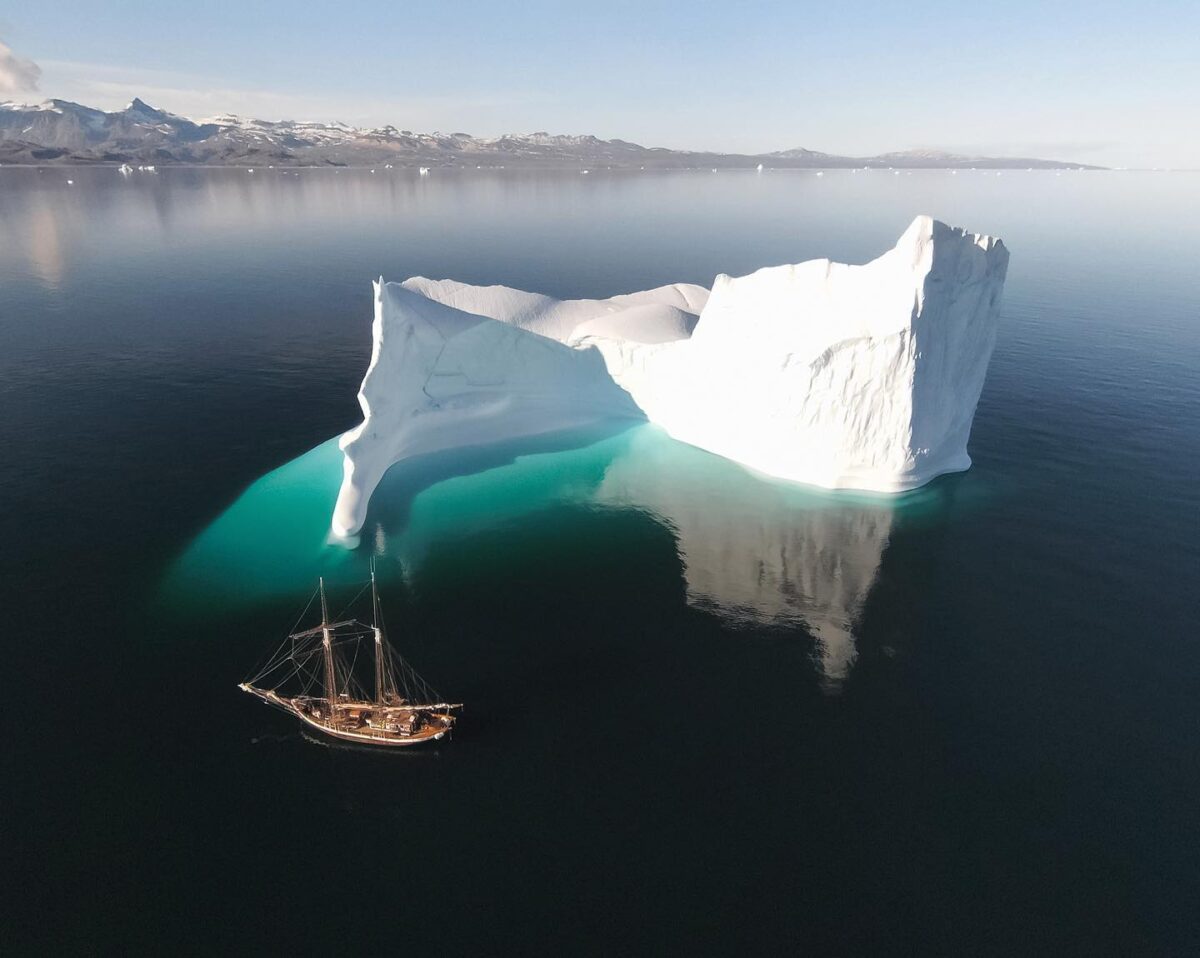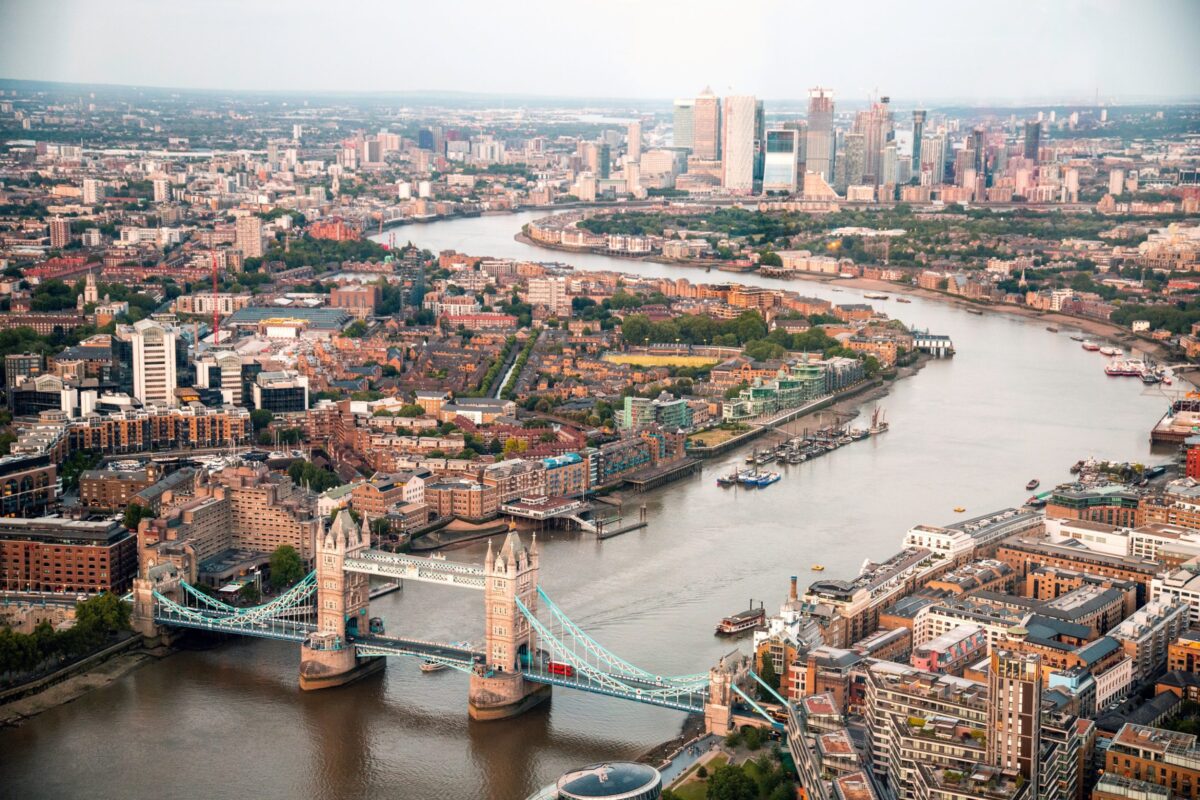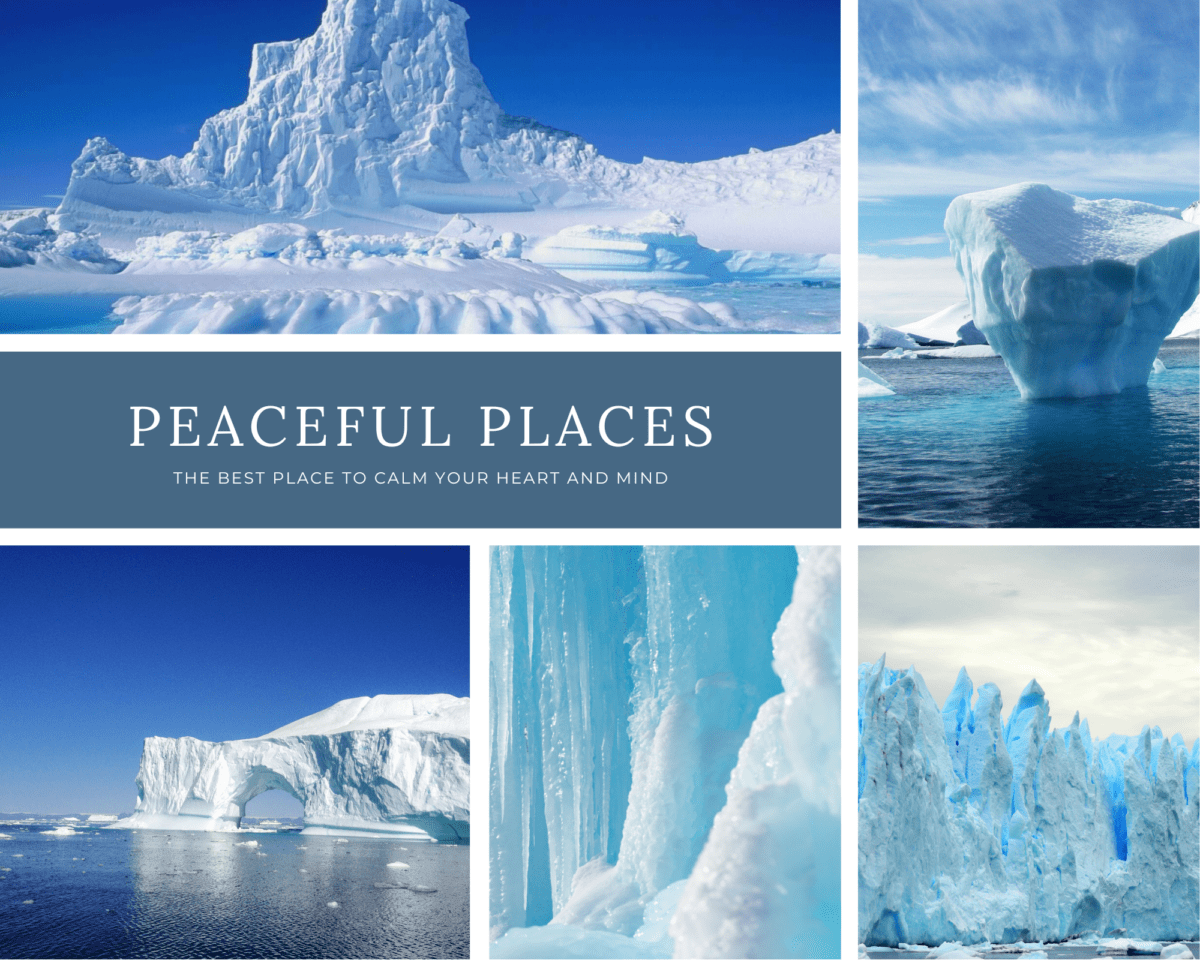
Population of the Antarctica – Best Biodiversity Guide 2023
Population of the Antarctica - Best Biodiversity Guide 2023
Population of the antarctica
The only continent where people do not permanently reside is Antarctica. Nonetheless, there are permanent human settlements where support personnel and scientists reside on a rotating basis for a portion of the year. The Antarctic’s population varies according to the season. Approximately 5000 people live on the continent during the summer, but during the winter, this number drops to about 1000 individuals, or about a quarter of the total population. The majority of the population lives on research stations, the biggest of which is the McMurdo Station.
Antarctica-Biodiversity
During the last ice age, when these regions were the only ones on the continent not covered by ice, the terrestrial and native year-round species seem to be the offspring of ancestors who lived in geothermally warmed habitats.
Animals
The Southern Ocean’s keystone species, Antarctic krill, gathers in huge schools and provides food for a variety of marine animals, including whales, seals, fur seals, leopard seals, squid, icefish, penguins, albatrosses, and other birds.
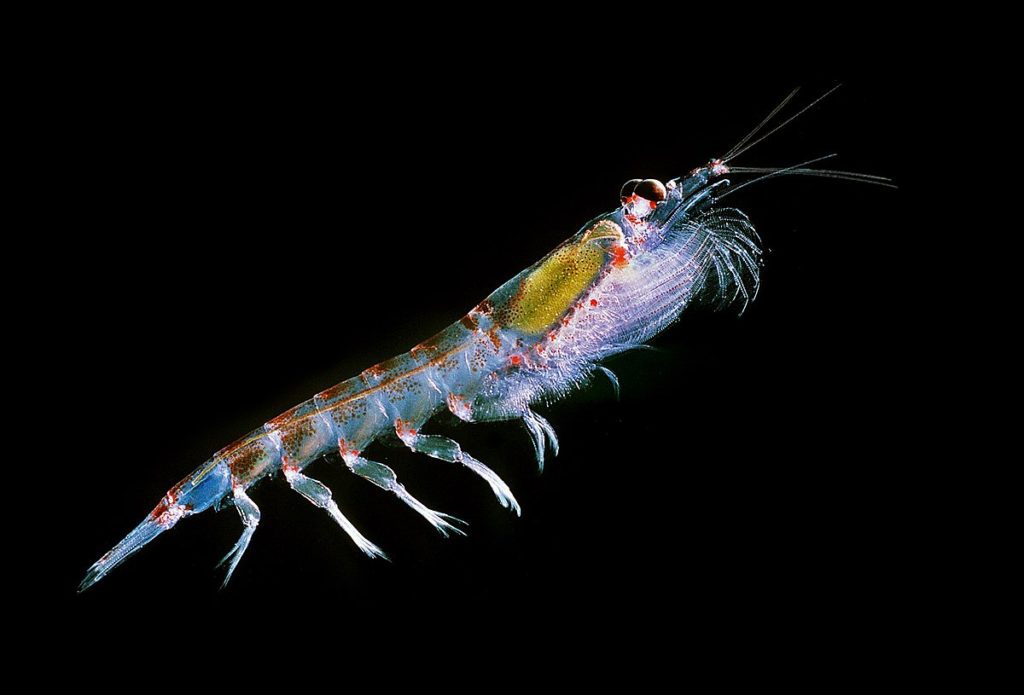
The sub-Antarctic islands are home to the few terrestrial creatures that do reside in Antarctica. There are marine animal species that depend on phytoplankton either directly or indirectly. Antarctic water life encompasses enormous squids, fur seals, blue whales, orcas, and penguins. The emperor penguin and the Adélie penguin breed farther south than any other penguin, and they are the only two species that breed in Antarctica throughout the winter. Just three birds reproduce specifically in Antarctica, including the snow petrel.
American and British sealers hunted large numbers of Antarctic fur seals in the 18th and 19th centuries for their pelts.The British commander of British sealing expeditions in the Weddell Sea, Sir James Weddell, is honored with the Weddell seal, also known as a “true seal”. As the top predator in the Antarctic environment, leopard seals travel across the Southern Ocean in quest of food.
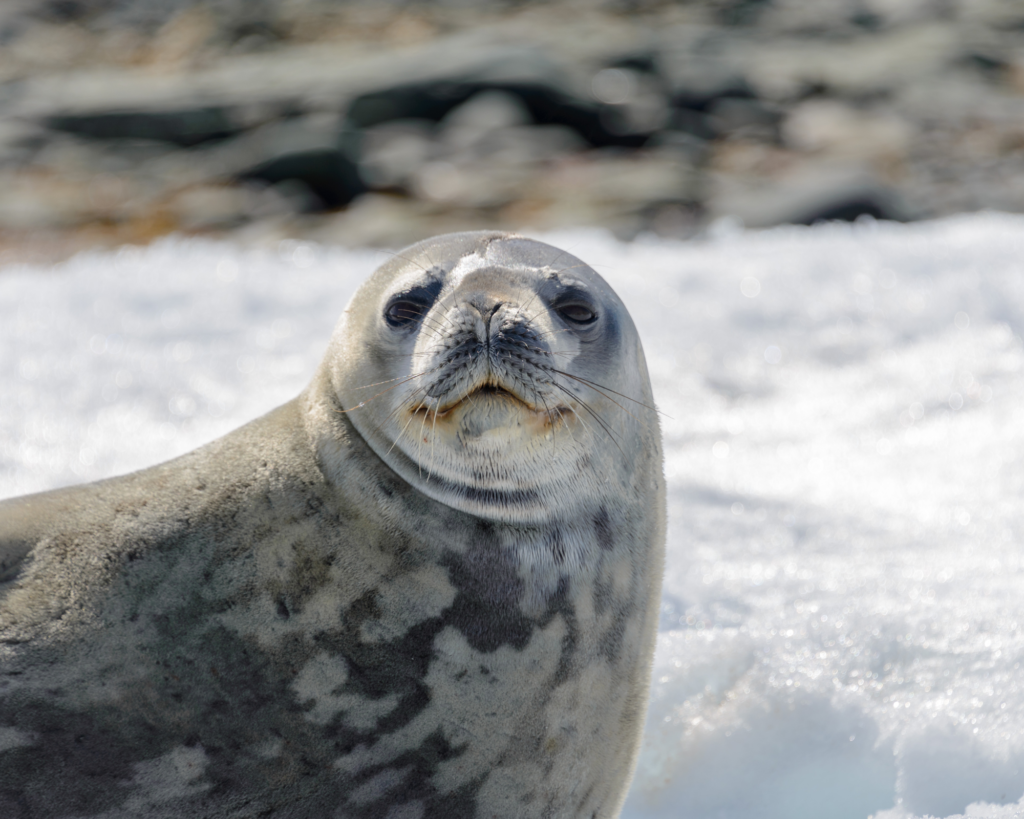
Fungi
There are thought to be 400 different kinds of lichen-forming fungi in Antarctica.
There are roughly 1,150 known species of fungi from Antarctica, of which about 400 create lichen and the remaining 750 are non-forming. Due to their evolution in harsh environments, some of these species have become cryptoendoliths and have greatly influenced the formation of the striking rock formations found in the McMurdo Dry Valleys and the nearby mountain ranges.
These fungi are especially well-suited to extreme conditions like the McMurdo Dry Valleys because of their seemingly basic appearance, scarcely differentiated structures, metabolic processes, and enzymes that remain active at very low temperatures.
Plants

Although tundra vegetation persisted as late as 15 million years ago and Permian forests began to cover the continent around 300 million years ago, the current environment of Antarctica prevents the formation of substantial vegetation. Plant growth is inhibited by a combination of freezing temperatures, poor soil quality, dryness, and lack of sunlight. Consequently, there is relatively little diversity and restricted distribution of plant life.
The majority of the plants on the continent are called bryophytes. Only three species of flowering plants—Deschampsia antarctica, also known as Antarctic hair grass; Colobanthus quitensis, also known as Antarctic pearlwort; and the non-native Poa annua, also known as annual bluegrass—are found on the Antarctic Peninsula. There are roughly 100 species of mosses and 25 species of liverworts. Growth is limited to a couple of summer weeks.
Other organisms
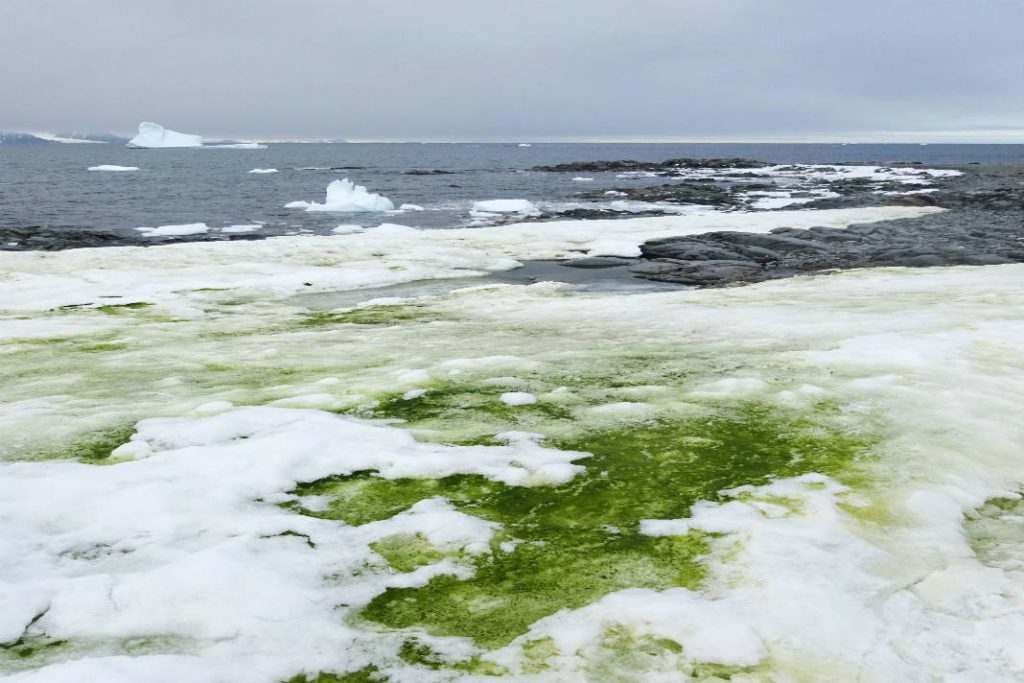
There are seven hundred species of algae, mostly phytoplankton. Summertime coastal regions are particularly rich in multicolored snow algae and diatoms. Living in the frigid and dark, bacteria have been discovered as far below the ice as 800 meters, or 2,600 feet, (0.50 miles).
Cruise Critic is the leading cruise reviews site, which hosts the largest cruise community in the world. More than six million people, from first-time cruisers to avid cruise fans, visit Cruise Critic each month to research and plan their cruises, connect with other cruisers and share their passion for cruising. cruise deals last minute cruise planning cruise last minute offers Cruise Critic With the aim of helping people to find the right cruise, Cruise Critic features more than 350,000 cruise reviews as well as advice and information from our team of cruise experts on everything from choosing a ship to planning your time in port.

